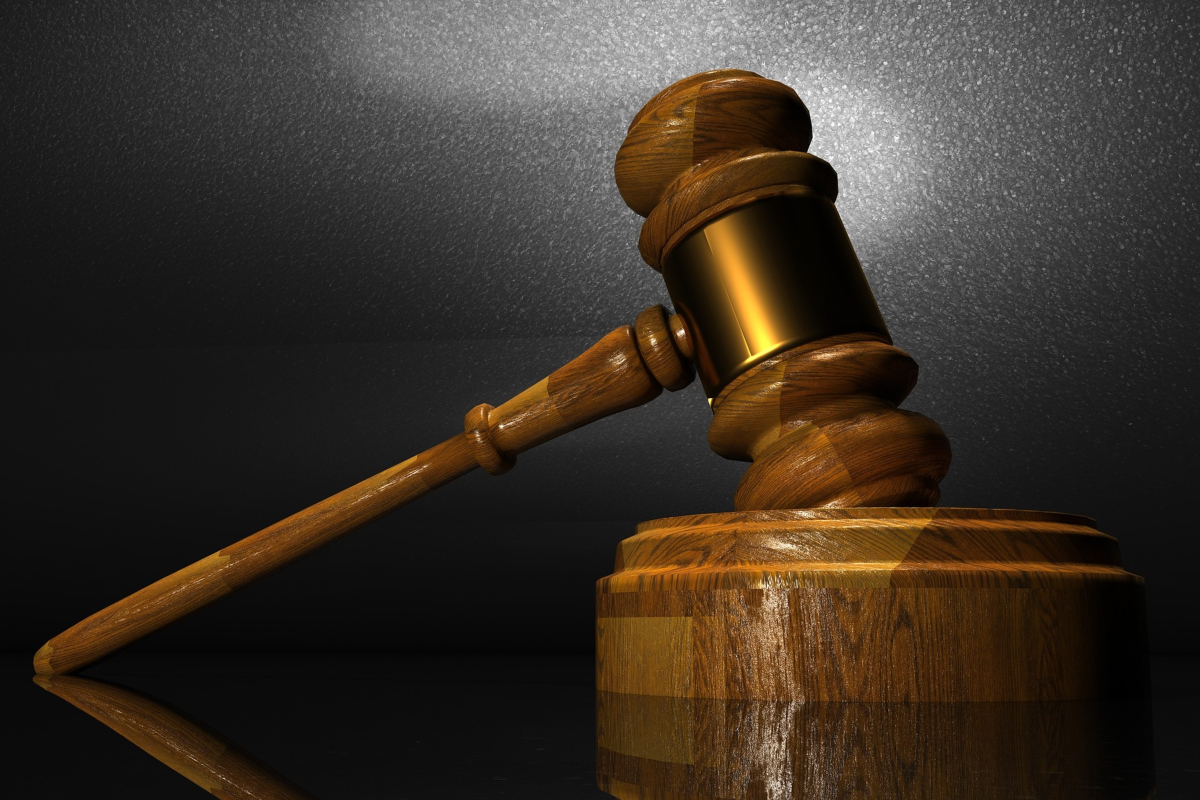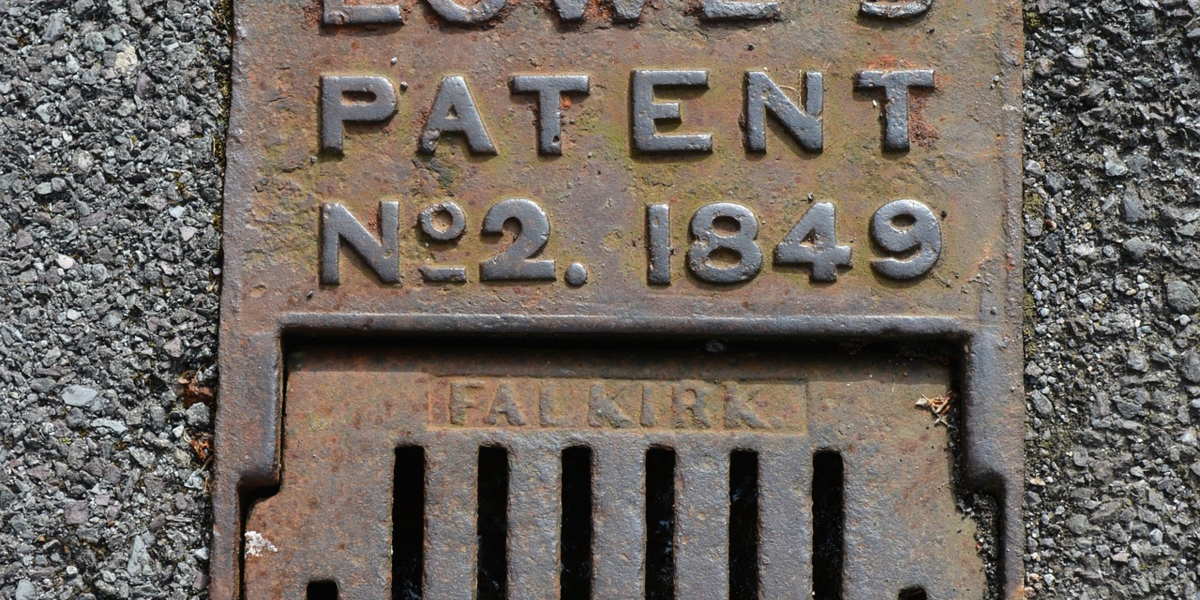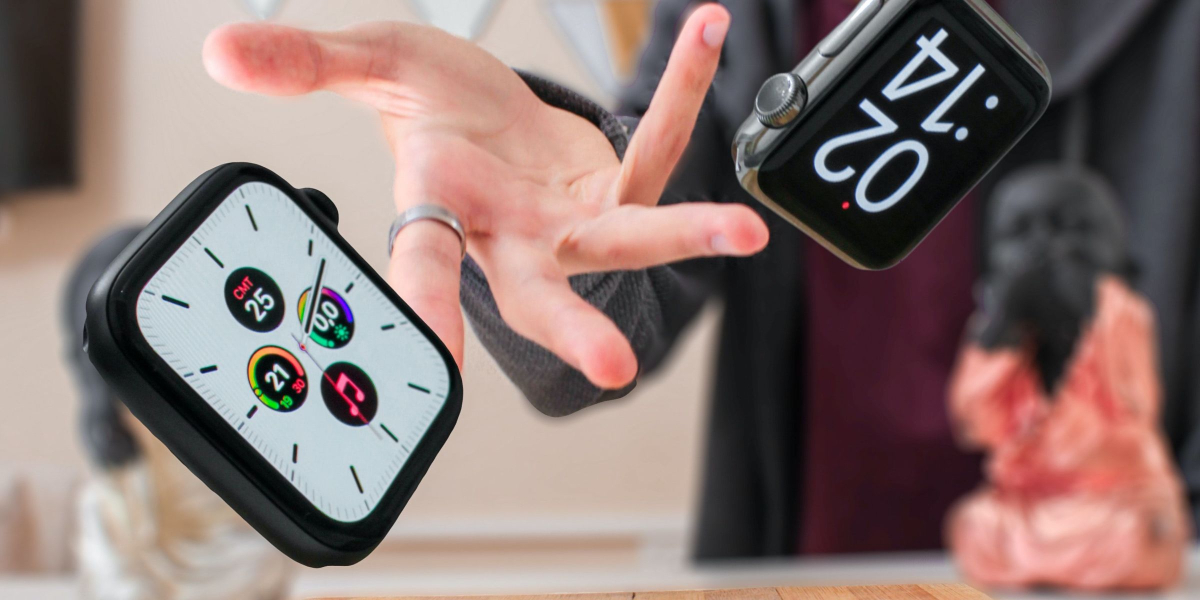How Hidden Lawsuits Over Inventions Could Hurt Our Country’s Safety
In the world of inventions and new gadgets, there’s a silent battle that could be putting our country’s safety at risk. You might not know it, but the way some people are fighting over who owns certain ideas or inventions is becoming a big deal. This isn’t just about two people arguing over who thought of something first; it’s about how these arguments, or lawsuits, can affect everyone, even you and me.
Imagine you have a secret recipe that makes the most delicious cookies ever. One day, you find out that someone else is using your recipe without asking. You’d probably be upset, right? Now, picture if that recipe was actually a new kind of technology that could help keep our country safe. If someone took that without permission, it could be a much bigger problem.
Some companies and inventors go to court to solve their problems when they think someone else is using their inventions without permission. These court battles are called patent lawsuits. A patent is like a special permission slip that says you’re the only one allowed to use your invention for a certain time. But here’s where things get tricky.
Lately, there have been a lot of lawsuits where it’s not clear who is really behind them. Sometimes, big companies or even other countries secretly give money to help one side of the lawsuit. They do this because they want to win control over the new technology or invention. This can make the lawsuit unfair and can hurt the chances of the best ideas helping people or keeping our country safe.
These secret fundings of lawsuits can lead to several big problems. First, they can slow down how fast new technologies are shared and improved. Imagine if every time someone had a new idea, they were too scared to share it because they didn’t want to get involved in a big, scary lawsuit. That would mean a lot of great inventions might never see the light of day.
Second, when companies are stuck fighting these lawsuits, they spend a lot of money on lawyers and court fees instead of on making new inventions or making their products better. This means not only do we see fewer new inventions, but the ones we do get might be more expensive.
Lastly, and maybe most importantly, when foreign companies or countries get involved in these lawsuits secretly, they might be trying to control important technologies that could be used to keep us safe. If they win, they could use these inventions in ways that might not be good for our country.
So, what can we do about this? Well, making the process more open and transparent would be a start. If everyone knew who was funding these lawsuits, it would be easier to see if they were fair or if someone was trying to play the system. Also, creating rules that make these lawsuits less attractive for people looking to cause trouble could help keep the focus on creating and sharing new inventions safely.
In the end, inventions and new technologies are all about making our lives better and keeping us safe. By paying attention to how lawsuits over these inventions are handled, we can help make sure the best ideas win out and are used in the best ways possible.




